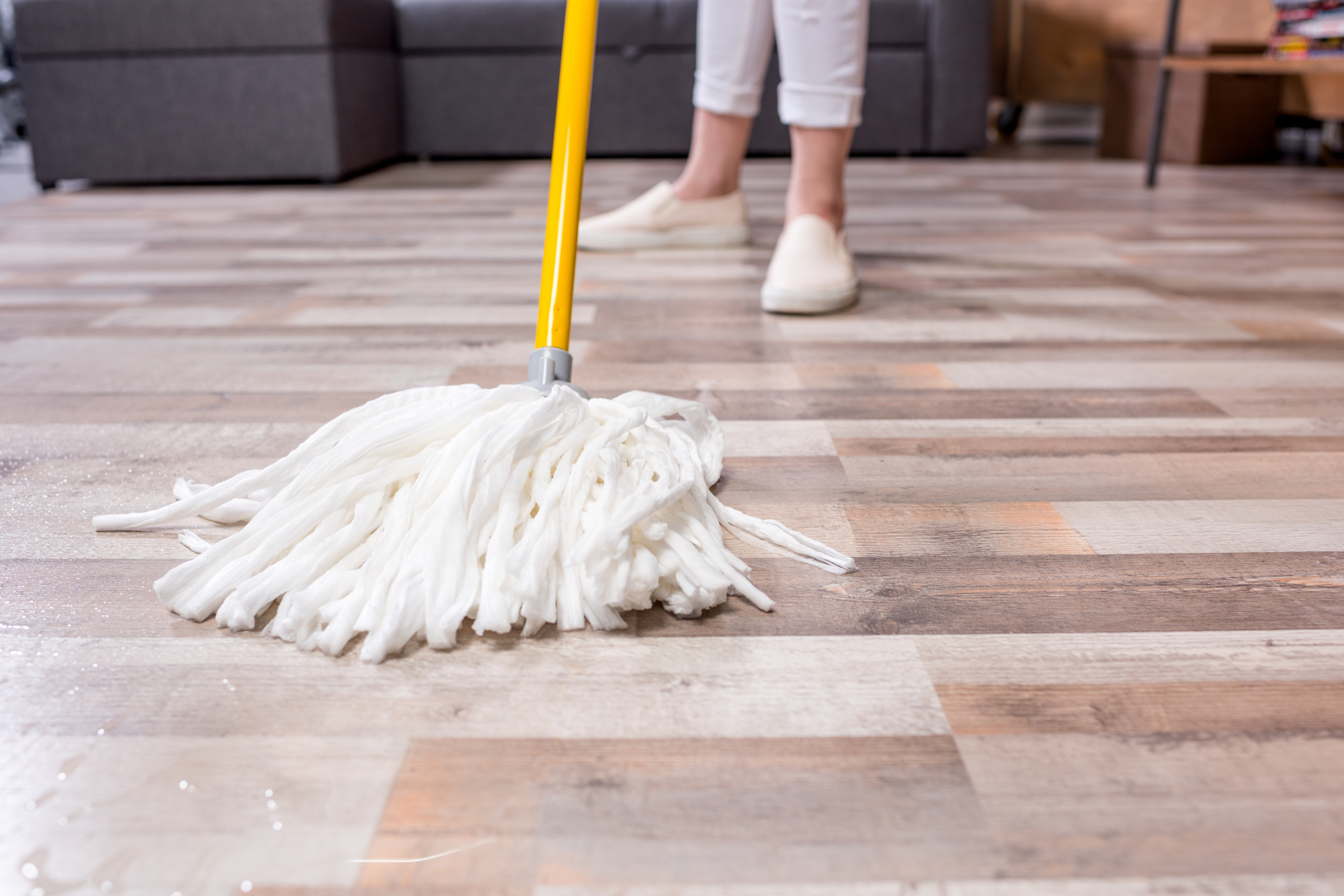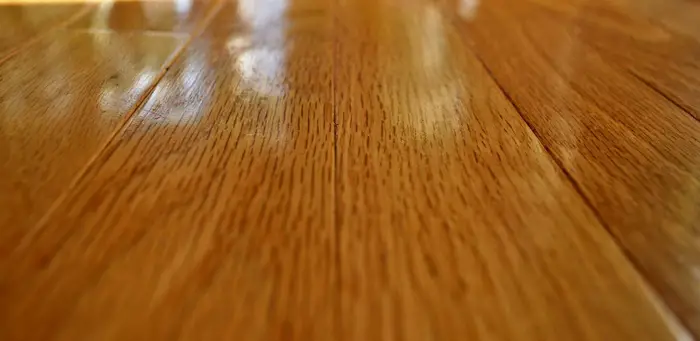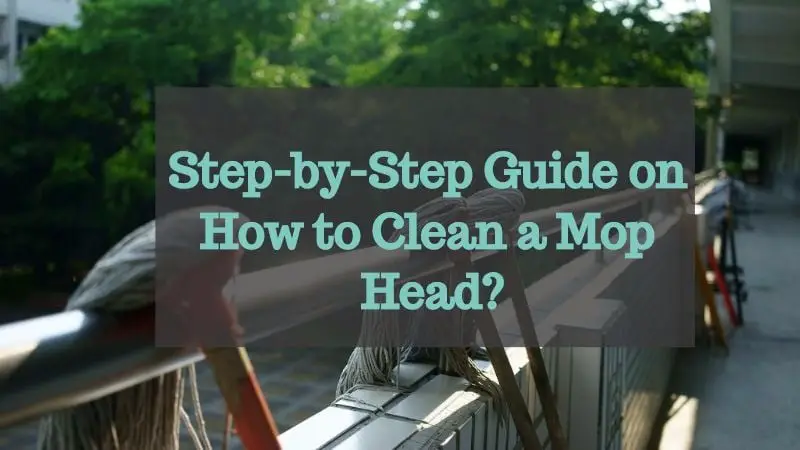Here is a guide to cleaning different types of floors; from hardwood to cork floors. We have the best mopping tips here.
Virtually everyone hates mopping, well except those who are paid to do that work. In fact, no one enjoys cleaning anything; be it dishes, bathroom, or mopping the floors.
But we are here to make the process easier and faster for you. Despite it sounding easy, sometimes the floor doesn’t look as clean as it should be.
I have compiled tips for mopping different floors to make them sparkling clean. Keep reading to learn more.
1. Cleaning Hardwood Floors
Hardwood floors are not all the same. There are either those with a wax finish or those that are sealed. If you are not sure about your hardwood finish, test by rubbing the surface with your finger. If a smudge is left on the floor, then most likely it has a wax finish.
Sealed wood floors
Sealed wood floors are of different kinds; urethane, polyurethane, and polyacrylic coating. Seals protect your hardwood from getting affected by water damage and stains.
To clean it up, pour a cup of pH-neutral or mild soap in a bucket with warm water. Avoid using acidic vinegar solutions like that will dull your flooring after some time. Put your mop in this mixture and twist it as usual.
Mop your floor and later wipe off with a microfiber rag (see my previous review) to dry out any excess moisture. Busy areas such as your kitchen should be cleaned at least once a week. The rest of the floor can be mopped once a month.
Waxed hardwood floors
Waxed flooring can be damaged easily by water, even if it is little moisture. You will need to avoid mopping this flooring with a damp mop. Instead, it should be swept and vacuumed regularly. Also, you can dust mop regularly.
2. Cleaning Linoleum Floors
This flooring is made from limestone, linseed oil, wood fiber, cork dust, and resin. They get their coloring from mineral pigments. Though it is solid and tough, you will need to clean it once in a while. The process of cleaning this floor is the same as that of cleaning cork flooring, which we will discuss later on.
Mix a few drops of dish soap in hot water and add it to a spray bottle. Apply it in sections of the floor a little at a time and wipe it with a damp microfiber mop.
Allow the floor to air-dry and give it another wipe with a clean, damp microfiber cloth.
3. Cleaning Vinyl Floors
If you have a vinyl floor and you routinely clean it, you should stop doing that as you are drenching it. Too much moisture from a mop will seep into the edges and seams, which destroys the glue that is holding it down. This causes the corners to loosen up or curl.
To clean vinyl floor, damp-mop with regular water and avoid soap. To deep clean, use two mops- one to wash and the other one to rinse.
Some vinyl floors have no wax, which means they are like hardwood floors- have no polyurethane coating. If your vinyl floor is not waxed, avoid waxing it or using waxed products as this will make them messy and impossible to clean.
Use polish or sealant made for vinyl flooring to restore its shine. Apply the sealant or polish as directed.
4. Cleaning Cork Floor
This is another flooring that is susceptible to water damages because of its absorbency. To reduce their absorbency ability, most cork floorings are sealed, but this doesn’t make it waterproof. You need to be cautious when cleaning it.
To prevent excessive damage, wipe up any spills right away and vacuum thoroughly to avoid scratches on the floor. Wash the floors once every week with a vinegar solution and soapy water.
Use a spray bottle to apply warm water, vinegar, and dish soap when cleaning. This mixture will help break down dirt and grime and also disinfect at the same time. Do not shake the solution as this can create suds. Blend it by rocking the bottle back and forth.
Spray a small section of the floor at a time and use a damp microfiber mop to wipe.
5. Bamboo Floors
Bamboo products have been on the rise recently due to their benefits and natural wood look, and bamboo floors are no exception. To keep this type of floor beautiful, sustainable, and soft you have to make sure to clean it properly.
Though bamboo flooring is more likely to get nicked and scratched unless you have strand bamboo, you’ll want to make sure to regularly sweep up dirt and debris. To get out buff marks, skip the heavy-duty machinery and use a simple tennis ball.
For a deeper clean, use the same solution as you do for hardwood floors and wipe across using a barely-damp mop. Make sure to wipe up excess moisture with a dry microfiber cloth.
6. Laminate Flooring
Laminate flooring is a durable and long-lasting type of floor. Though it can look like hardwood planks or natural-stone tile, it still needs to be cared for like laminate.
The most important thing to remember when cleaning laminate flooring is to avoid getting water underneath the planks. Like many of the other flooring types on this list, the recommended cleaning method is to dry mop.
Use a wet Swiffer or slightly damp mop to spot-clean when necessary. And no matter the circumstances, never polish a laminate floor.
7. Natural Stone (Tile)
Though most of the solutions and cleaning mixtures on the list use vinegar, natural stone is one you should avoid using it on. In fact, any acidic liquid like ammonia or bleach could damage a stone floor.
If you have sealed stone floors, mop these with a pH-neutral, nonchelating cleaner – this type of cleaner doesn’t react adversely to the minerals in natural surfaces. For unsealed stone tiles, use hot water to mop with a microfiber mop.
8. Porcelain Floors
Porcelain floors are similar to many others on this list. Simply use a microfiber mop with the mixture mentioned earlier (1/4 cup vinegar, warm water, and 1 drop of dish soap) to clean once a week.
When it’s time for a deep clean, use a steam cleaner (see detailed reviews) to get out stains and to clean the tile and grout.
Related article: 10 Things You Never Knew You Could Clean with a Steam Cleaner
9. Protecting All Floors
After living on a floor for many years it’s bound to get some scratches and wear-and-tear. Ultimately, this damage can make your floor look dirty even if it isn’t. To protect your floors (no matter what type you have) put protective feet on your furniture and large appliances.
Even though rolling casters make moving furniture easier, they also damage the surface of your floor. Avoid these and use felt tips instead.
10. Keeping Floors Clean
To help keep your floors clean year-round and make cleaning easier, add a doormat where accessible; this tracks dirt and chemicals from outside. Sweep regularly to pick up loose dirt, debris, and even food from dinner.
Tips for Mopping the Floor
It’s important to know what types of cleaning products to use and even what type of mop works best for the specific flooring you have. With these tips on mopping the floor, it’ll be a breeze to do and won’t feel like a chore.
Related Article: Best way to mop a floor like a pro
Conclusion
We hope that our brief guide has enlightened you about how to mop different floors until they are sparkling clean.


